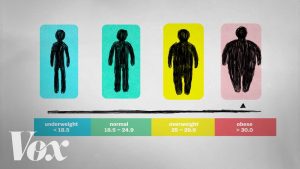Definition of term ‘lateral’ as used in anatomy, kinesiology, and medicine, with examples of use of the term. Lateral is used in medical, anatomy, and kinesiology terminology to refer to where parts of the body are located, as well as in biology. This is a quick reference video to define the term lateral, useful for fitness trainers or other professionals needing to understand this anatomic reference term. Lateral is the opposite of medial: https://youtu.be/yv04rtsRL3I See full playlist: https://www.youtube.com/playlist?list=PLZlwJw9P1ri9Qz-BAf6cuMF1L3GSq0OVm Or, see other important anatomic reference terms: Anterior: https://youtu.be/LFhY4Q_lB7E Posterior: https://youtu.be/LrBgHiQkDwI Superior: https://youtu.be/bXcubq9sFT4 Inferior: https://youtu.be/JbPiyRppdII Superficial: https://youtu.be/My-xzW7JZ9o Deep: https://youtu.be/skQlBc99HAs Proximal: https://youtu.be/R3Ch_jx9LLw Distal: https://youtu.be/4UbqbsDrbxU For a more thorough explanation of lateral and its related terms see https://youtu.be/-LEC5A5wiKk?list=PLZlwJw9P1ri9Qz-BAf6cuMF1L3GSq0OVm Lateral is a core anatomic direction term from which other terms are built. Lateral is the opposite of medial. Other terms you may need to know: Anterior: https://youtu.be/LFhY4Q_lB7E Terms related to lateral: Anterolateral: https://youtu.be/tTiYSzIYrbM Bilateral: https://youtu.be/cRSve2eFLyE Contralateral: https://youtu.be/J6VS8-GQN3U Ipsilateral: https://youtu.be/y8ulx9eVDxQ See full playlist: https://www.youtube.com/playlist?list=PLZlwJw9P1ri9Qz-BAf6cuMF1L3GSq0OVm See full and in-depth written reference with all terms defined: http://www.gustrength.com/kinesiology:glossary-of-anatomic-direction-terms Images: Directiona references human figure labelled boxes image by Blausen.com staff, https://en.wikiversity.org/wiki/Wikiversity_Journal_of_Medicine/Blausen_gallery_2014 Wikiversity Journal of Medicine. DOI:10.15347/wjm/2014.010. ISSN 20018762. Male muscular anatomy angled rear view/iliotibial band labelled image © Randall Reed, used under license. -~-~~-~~~-~~-~- Find out the Answers to 17 Common Questions About Fish Oil Supplements https://www.youtube.com/watch?v=Juy03HqtsNU -~-~~-~~~-~~-~-
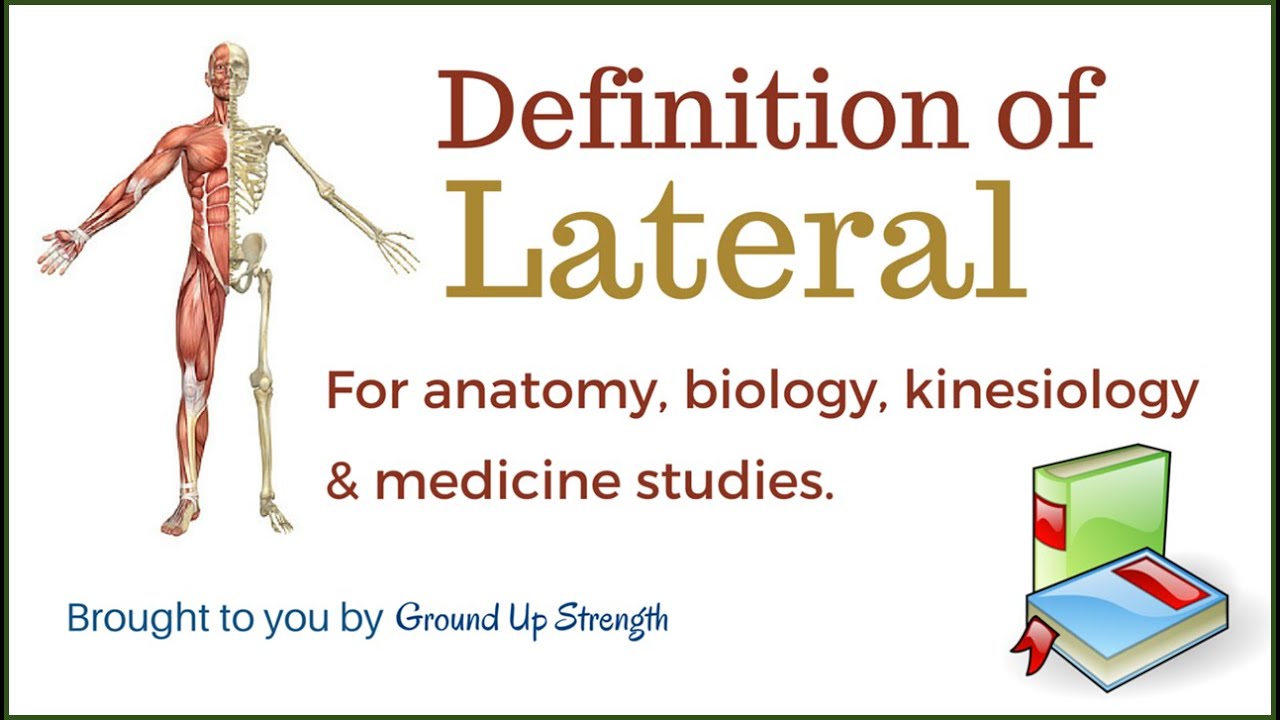
Lateral Definition (Anatomy, Kinesiology, Medicine)
- Post author:
- Post published:June 13, 2021
- Post category:Uncategorized
- Post comments:0 Comments
You Might Also Like
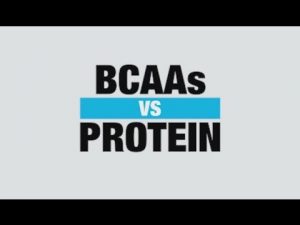
BCAA Supplement vs Protein Supplement – Know Your Supps – BPI Sports
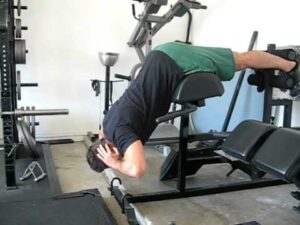
Good Back Extension (Should be Called Hip Extension)

Basic Back Extension Pilates Exercise from yoopod.com

Pec Fly Machine-7

Diet Plan for 6 Pack Abs (STEP BY STEP!)

Top 5 Supplements for Muscle Growth

Reversing Diabetes with Food

TYPES OF JAUNDICE IN THE NEWBORN
![Read more about the article TRIGGER YOUR FAT BURNING AND HUNGER CRUSHING HORMONE: GLUCAGON [2 SIMPLE WAYS] | LiveLeanTV](https://videos.drmaheshkumar.com/wp-content/uploads/2021/05/TRIGGER-YOUR-FAT-BURNING-AND-HUNGER-CRUSHING-HORMONE-GLUCAGON-2-SIMPLE-WAYS-LiveLeanTV-300x225.jpg)
TRIGGER YOUR FAT BURNING AND HUNGER CRUSHING HORMONE: GLUCAGON [2 SIMPLE WAYS] | LiveLeanTV

7 Erroneous Beliefs About Anatomy for Artists

Fitness Model Nutrition Plan (EXACTLY WHAT SHE EATS!!)
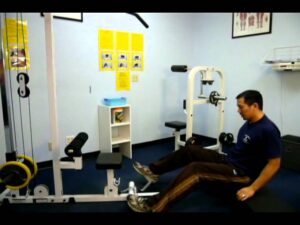
Riverside Chiropractor Dr Wong, Upper Back Seated Row Exercise
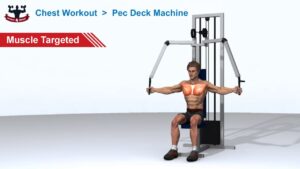
Pec Fly Machine-1
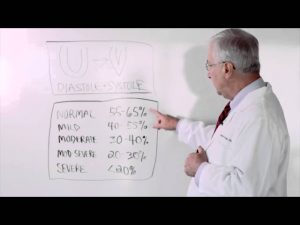
What Is Ejection Fraction And Its Link To Heart Failure?
Testosterone

(CC) How to Pronounce propranolol (Inderal) Backbuilding Pharmacology

Muscle growth animation

Muscle Building Workout & Squats Video – 3

Hydrotherapy Video – 2
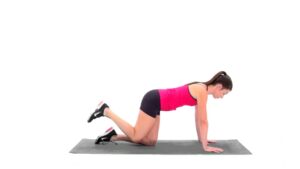
Donkey Kicks
Sports

Massage Video – 3

Top Health Benefits of Omega 3 You Should Not Miss
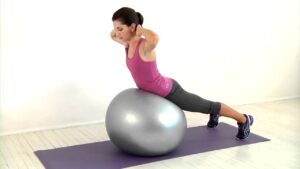
Stability-Ball Back Extension – Unleash Your Hottest Body

General Surgery Video – 1

Trap Bar Deadlift with Shrug

Hepatitis B Treatment Mode of Action Animation
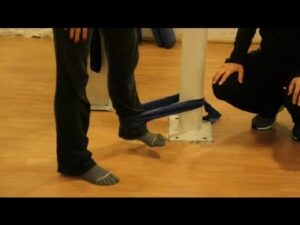
Abductor-5

Badminton Video – 3

Archery Video – 3

Anatomy Meaning

Blood Sugar Health Tips – Pre Diabetic Blood Sugar Levels! – by Dr Sam Robbins
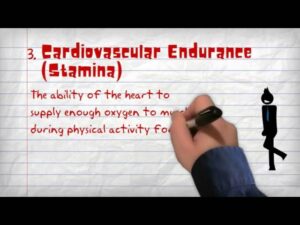
Health Related Components of Fitness

Decline Bench Press-7

DIGESTION AND ABSORPTION

What are Anabolic Steroids?

006 Lying Tricep Extensions

Child And Adolescent Psychiatry Video – 2

How To: Dumbbell Side Lateral Raise

Top 5 Nutrition and Fitness Tips for Healthy Lifestyle

Thyroid Hormone Conversion T4 to T3
